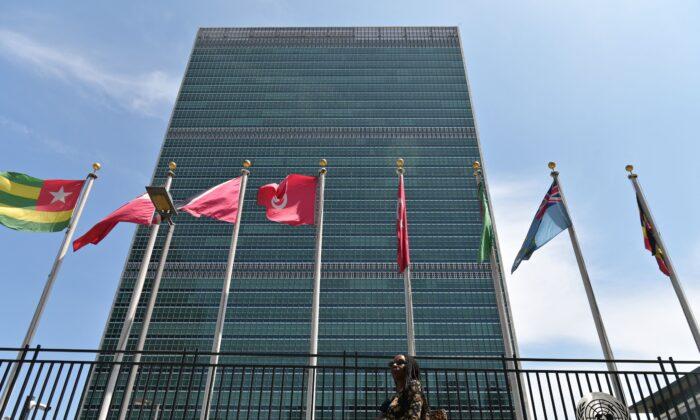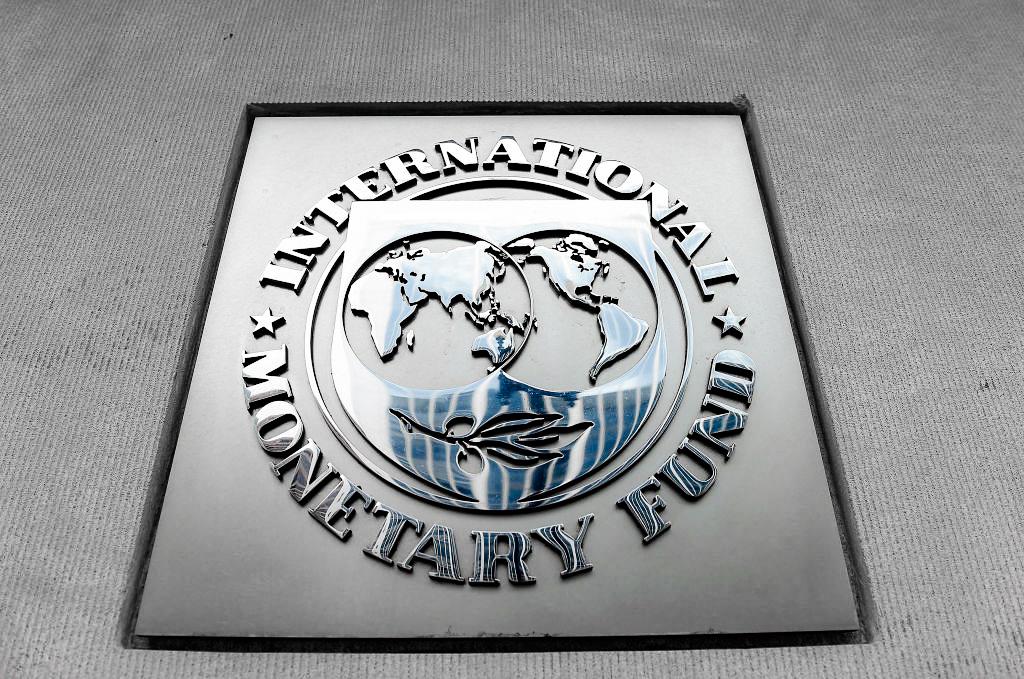A United Nations agency is blaming rapid interest rate increases and fiscal tightening in advanced economies for global stagnation as well as giving rise to economic volatility in developing countries.
“In a decade of ultra-low interest rates, central banks consistently fell short of inflation targets and failed to generate healthier economic growth. Any belief that they will be able to bring down prices by relying on higher interest rates without generating a recession is, the report suggests, an imprudent gamble,” the United Nations Conference on Trade and Development (UNCTAD) said in a press release on Monday.
“At a time of falling real wages, fiscal tightening, financial turbulence and insufficient multilateral support and coordination, excessive monetary tightening could usher in a period of stagnation and economic instability for many developing countries and some developed ones.”
UNCTAD Secretary-General Rebeca Grynspan talked about stepping back “from the edge of recession” through “policy choices and political will,” but warned that the current course of monetary action will lead to a worldwide recession that especially affects developing countries.
The U.S. Federal Reserve’s interest rate hikes—used as a measure by the policy maker to curb decades-high inflation in the United States—“cut an estimated $360 billion of future income for developing countries,” according to UNCTAD.
The Fed recently raised its benchmark rate by 75 basis points, pushing it up to between 3 percent and 3.25 percent. At a press conference, Fed Chair Jerome Powell said inflation is running “too high.” He predicted rates to go even higher and remain at restrictive levels for “some time.”
UN Solutions
As for solutions, UNCTAD recommends economies deploy an array of economic tools including strategic price controls, windfall taxes, anti-trust measures, and tighter regulations on commodity speculation to curb inflation (pdf).The agency essentially wants more government control on commodity markets, pointing at energy prices as being the main driver for inflation, besides raising taxes for corporations.
Economic Forecasts Remain Bleak
According to the International Monetary Fund, global annual consumer inflation will peak at 9 percent in the third quarter of 2022, and then fall rapidly to 4 percent by the end of 2023.However, growth numbers are declining with the Organization for Economic Co-operation and Development (OECD) maintaining the global GDP growth rate at 3 percent for 2022, and slashing the 2023 rate by 0.6 percent, to 2.2 percent. Based on the September economic outlook interim report, the United States is projected to grow by 1.5 percent in 2022—a full percentage-point decrease from the June estimate of 2.5 percent. The growth for 2023 is estimated to be 0.5 percent.
Globally, inflation has become “more widespread.” The OECD projects headline inflation to peak during the current quarter in most economies. Inflation is estimated to continue declining in the fourth quarter and throughout 2023. But even though inflation will ease, it will “remain at high levels,” the organization stated.
The global growth output in 2022 is estimated to be 2.5 percent in 2022 which is “less than half the growth rate of 5.6 in 2021, when economic activity resumed after the sharpest recession in living memory,” said the UNCTAD report. The United States is projected to grow at a rate of 2.0 percent, revised from an earlier March estimate of 2.4 percent.
Food inflation in the United States has jumped to its highest level in over four decades, putting more stress on American consumers, while agricultural output in the country took a beating following droughts. On a monthly basis, food prices rose by 0.8 percent and energy prices fell by 5.5 percent. The PCE price index excluding food and energy rose by 0.6 percent in August.





